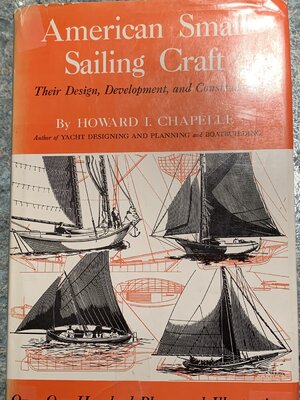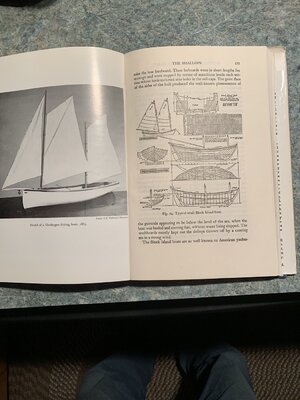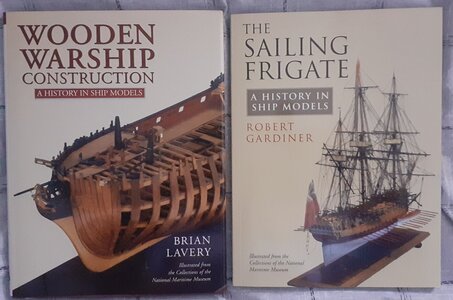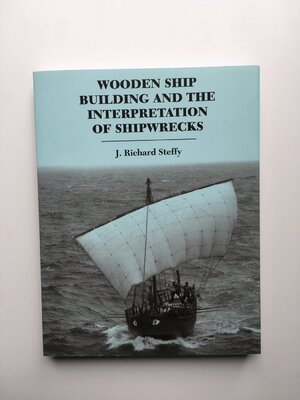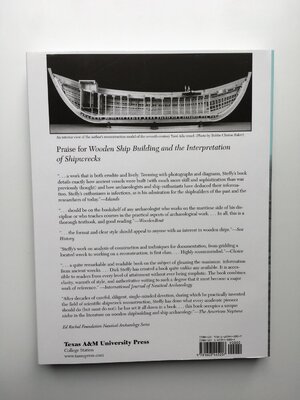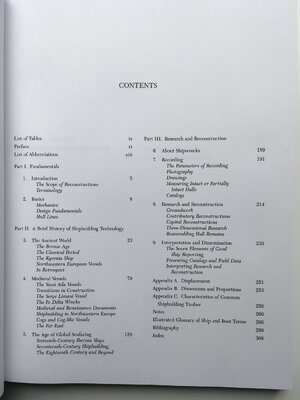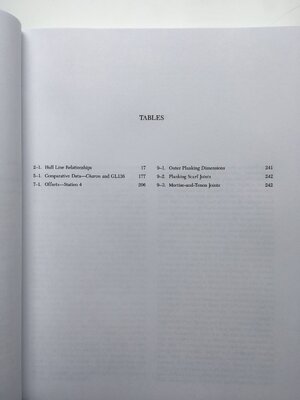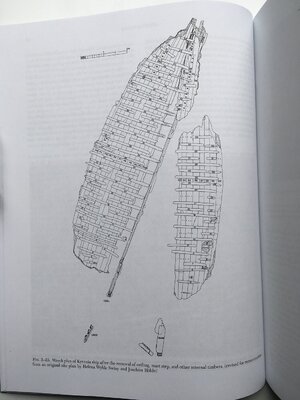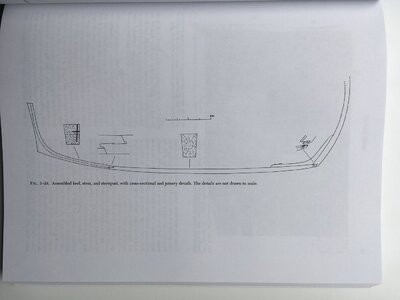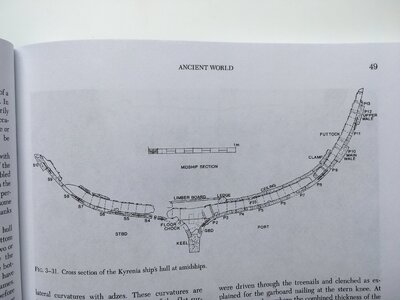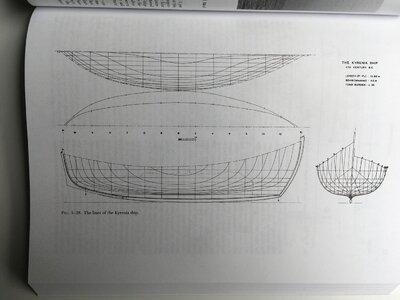While continuing to read Chapelle's Search for Speed , beyond what I mentioned in the earlier pages, he goes into a lot of detail as to how captured foreign ships to England, were surveyed and points for the buttocks curves taken off and drawn as well as factors in hull lines related to hydrology as understood at the time and those effects upon speed.Chapelle in his early pages of The Search for Speed Under Sail, has a brief examination of the roles of hull form and sails in the points of sailing on different headings, pp 23 - 30, and the "calculations" related to projecting the driving forces of wind and sail shape in a non-mathematical manner, related to his date of writing, leaving more precise analysis and non-determinism in the air. A later book that does delve very well into such matters that may be of interest to engineering and mathematical types is the book Sailing Theory and Practice, C.A. Marchaj, 1962, which has not only formulas, graphs, and illustrations that well present what Chapelle does not:
Chapters are:
Yachts and Rating Formulas
Aerodynamics of the Sail
The Motion of a Yacht
Wind and Water
and six Appendices
A very technical book that brings many factors forth for those who want to know more about sailing and what is related to speed under sail.
View attachment 248707
He does touch upon hydrofoils up to 1960 but that entire manner of super foiling since then leaves his date of writing in the wake. The two books together make a good companion set the first historical and the latter technical.
Rich (PT-2)
I have hard time keeping all of the terminology in mind for a clear understanding of his grammatically technical explanations. It is the stuff of those truly wanting to know of the technicalities of the era and are not directly related to our model building other than for background understanding. Those fine points generally could not show up in our models unless the hull forms in a larger manner and scale can let those stand out when looked for.
This is a slow read if it is taken page by page as he builds his evolution of ships and speed which itself cannot be comparatively related ship to ship over the years. The illustrations both single page and fold out are worth the price though. Rich (PT-2)





